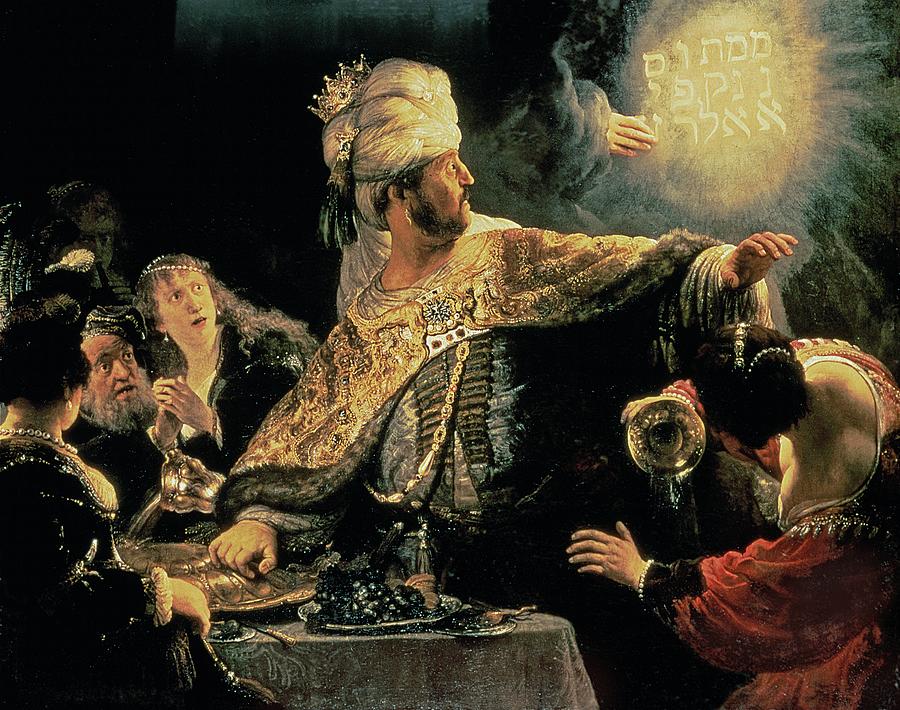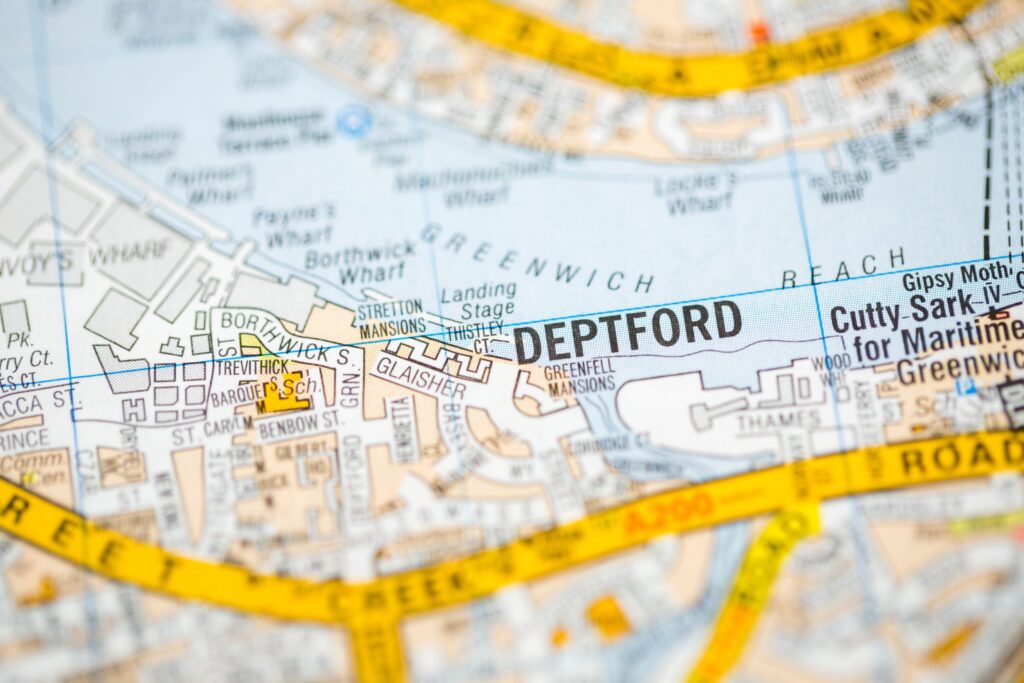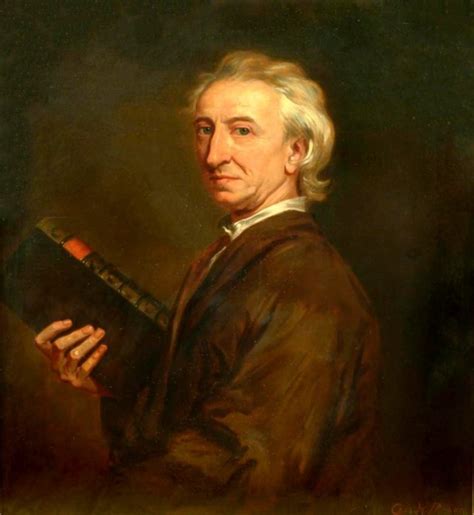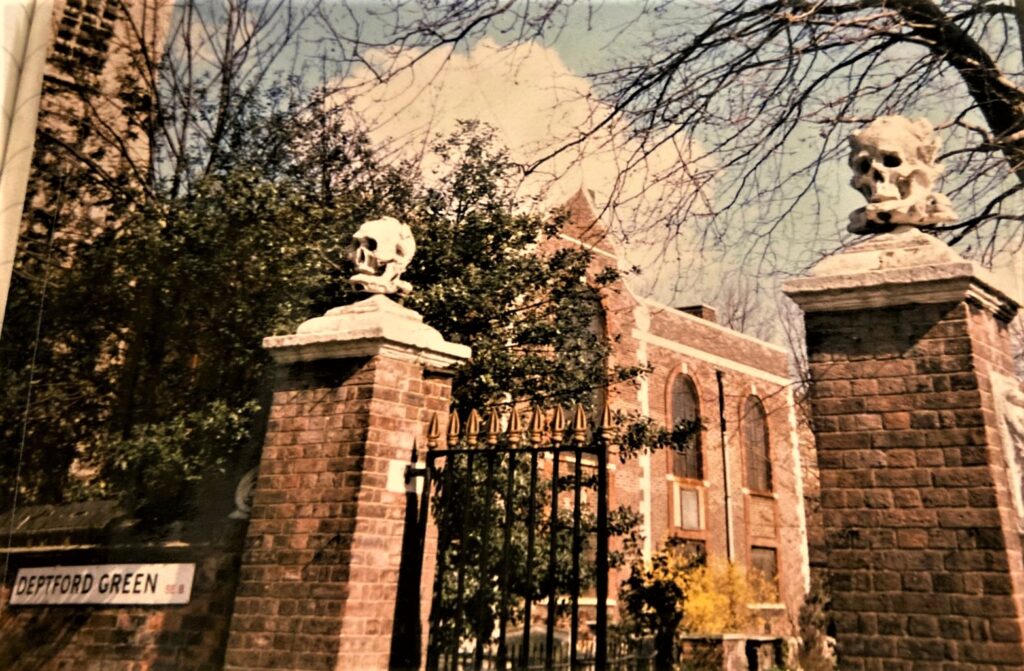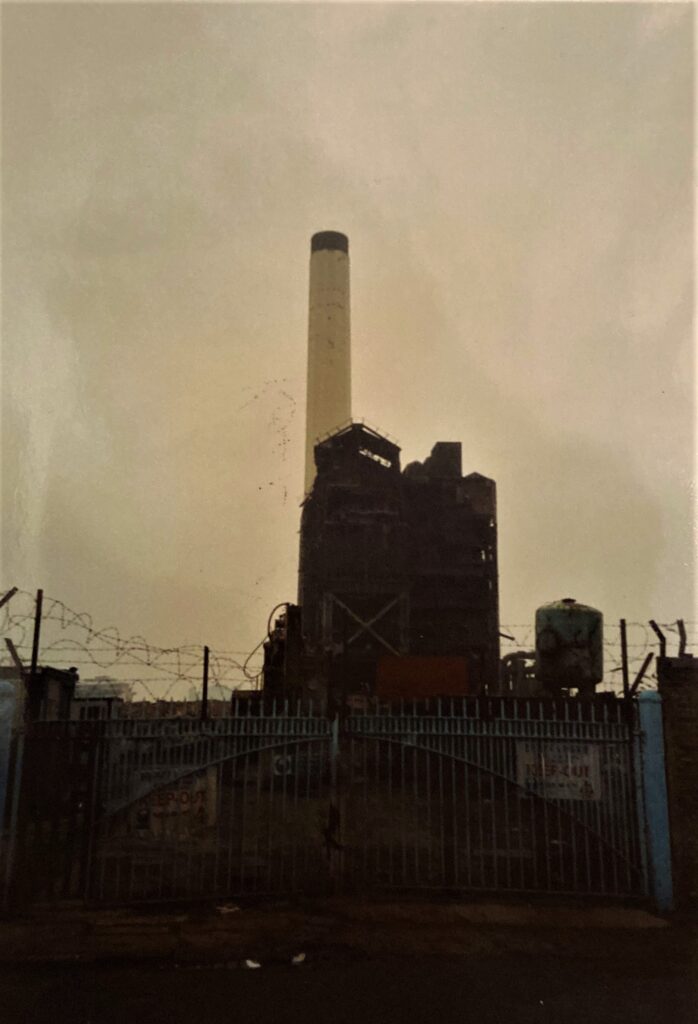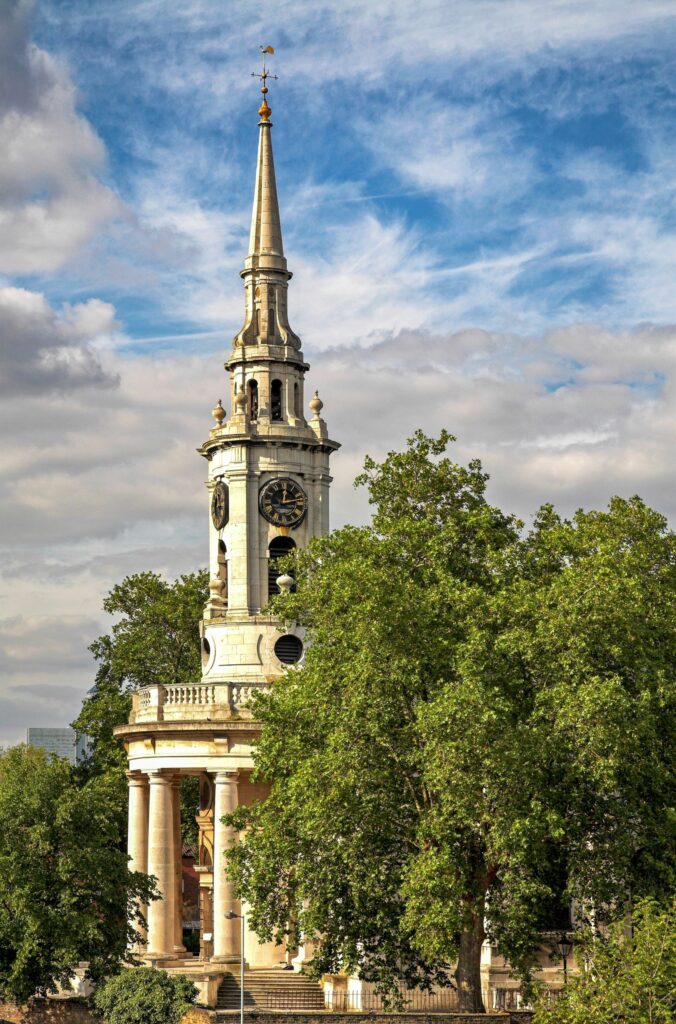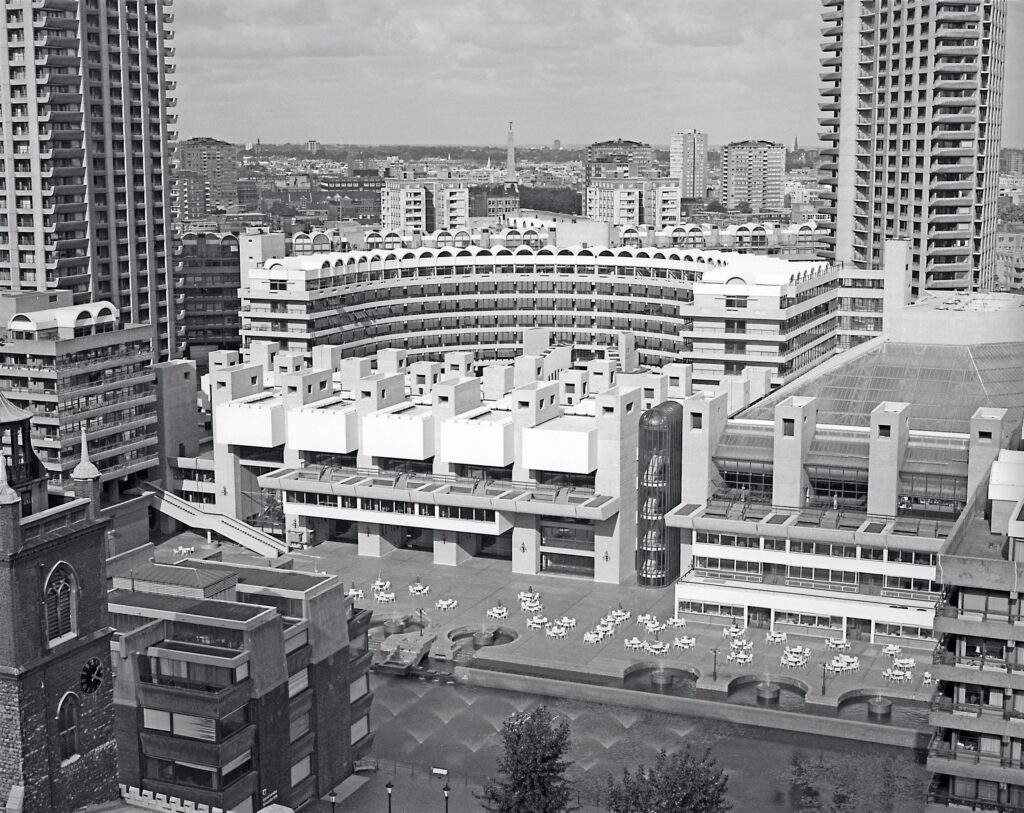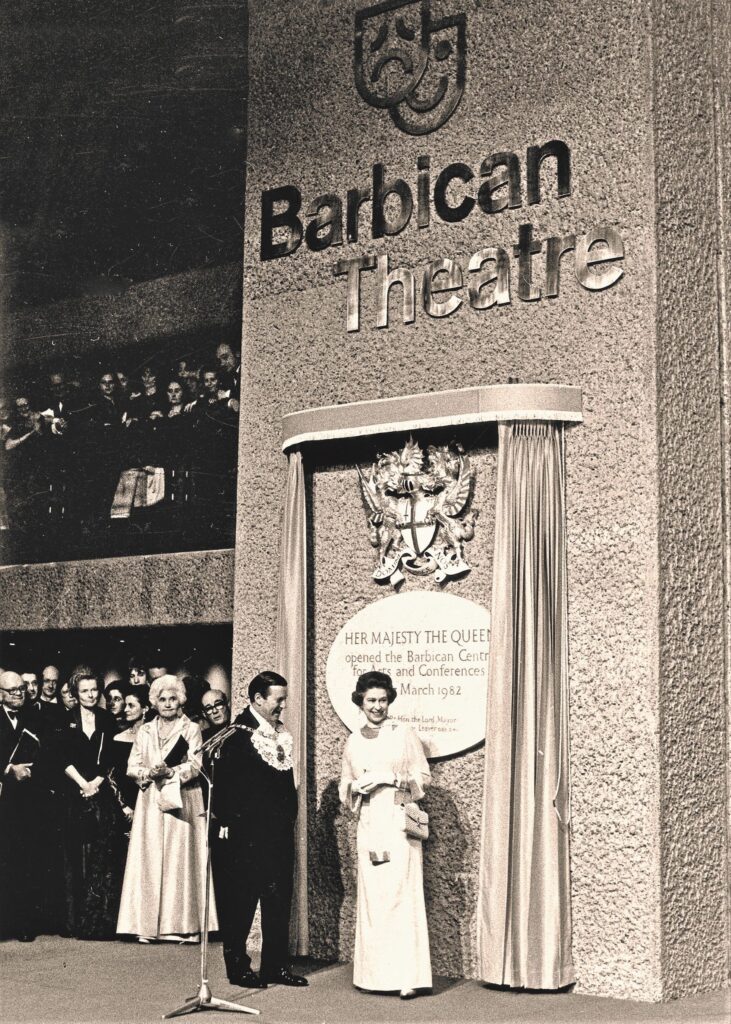
STUART MILLSON enjoys seeing Shakespeare’s Henry V brutally updated
The year is 1415… Trumpets sound at the Globe Theatre; Olivier draws his sword and heroically sets forth to ‘the vasty fields of France’ where English arms and chivalry triumph, and a youthful English king wins the hand of France’s fair princess, Katherine… That is the version of Henry V which we have come to know, but for Donmar theatre’s director, Max Webster, an altogether more brutal side to Shakespeare’s story is revealed, as the mediaeval action and intrigue is re-imagined in a twenty-first century war between England and its neighbour across the Channel.
The King of France (played by Jude Akuwudike) taunts the young King Henry (Kit Harington), whose sudden accession to the throne of England has shaken his retinue of hedonistic followers, including the loud, drunken nightclub reveller, John Falstaff (Steven Meo). Just before receiving the news of his father’s death, the wild Prince Hal is roaring out another chorus of the football anthem, ‘Sweet Caroline’, the whole dancefloor, a scene of the modern drunken excess, witnessed in most town centres across Britain on a Saturday night. But the change of mood could not be more startling, as Techno sounds disappear, to be replaced by Purcell’s Funeral Music for Queen Mary.
Henry, determined to assert his belief in his right to the kingship of France and to avenge the Gallic court’s insult (their ambassador delivers a box of tennis-balls, thus emphasising French contempt for the immature monarch), the warrior begins to organise his invasion force – a disquieting parallel to current events in Ukraine. As the King makes his speeches, press photographers unleash a barrage of flash photography across the stage, and soldiers – in the battle fatigues of the Falklands, Northern Ireland, Afghanistan, Iraq – make their stamping, choreographed appearance. And for this production, military discipline and dance are combined: with former Royal Marine Commando, Tom Leigh, having carefully trained the actors in army ways and psychology, alongside the Ballet Rambert’s Benoit Swan Pouffer slotting each soldier on stage into a battle routine of sinister precision.
The famous line of farewell, uttered at the army’s Southampton embarkation point, ‘Touch her soft lips and part’ (a famous movement for soft strings in Walton’s music to the Olivier film) becomes an almost loveless, cynical farewell: ‘Touch her soft lips, and march…’ Not a shred of glory can be found either, as the mangled English regiments nurse their wounds after the siege of Harfleur, ‘Sweet Caroline’ drifting across the stage, a whispered lament in all the pain and misery. Agincourt, the crowning victory of Henry’s ruthless advance, once again brought out the very best of the production’s costume design and direction: camouflaged men and women advancing with automatic weapons to the stuttering music of Purcell’s Arthurian ‘Cold Genius’, and slicing through the numerically superior French, who were convinced that their chevaliers would beat the uncivilised English on the home soil of fair France.
English victory, though, is soured by the execution of prisoners; by Henry’s ‘winner-takes-all’ blood-lust (as Zoe Svendsen portrays the King’s character in Donmar’s programme notes) and by the ‘othering’ of the Welsh soldier, Llewellyn. Those who remember Olivier’s Henry V may recall the 1940s actor Esmond Knight’s portrayal of the Welshman, almost as a member of the rustic chorus. But for Max Webster’s production, the Cambrian is embittered and angry at the denigration of his national symbol, the leek, and an ugly, violent barrack-room-brawl ensues. The Kingdom’s unity, here, is far from being even skin-deep.
At the end, Kit Harington’s Henry resembles a prince of the House of Windsor: peaked cap, white gloves and immaculate uniform, the English monarchy at Commonwealth Day, at Westminster Abbey, at the Cenotaph. Yet the play’s narrator (Millicent Wong) warns us that the pomp and circumstance has come at a price; that death and subjugation has followed in the King’s wake – as the Cross of St. George turns into red flames…
Donmar’s Henry V – multicultural, anti-war and Left-leaning in its interpretation – nonetheless has something to say to those who believe in crowns and coronets, or would crowd Southampton’s sea-wall to cheer the Royal Navy’s modern fleet majestical. Perhaps England is not pure, with our leaders holding aloft the crown imperial, but darker ambition and desire spurring them always on, but if this is England’s failure, we share the fault with many other countries. Persuasive (if not entirely fair to England), frank, brutal and always brilliantly acted through its three-hour course, Donmar’s realisation of a great history-play will stay in the minds of its capacity audiences for a long time.
Shakespeare’s Henry V at the Donmar Warehouse (Earlham Street, London WC2), directed by Max Webster; Production Manager, Anthony Newton; music supervision, Andrew T. Mackay

STUART MILLSON is a member of the Chartered Institute of Journalists. After more than two decades living in a Kent village, he crossed the River Severn and the Black Mountains, and now writes from West Wales.





